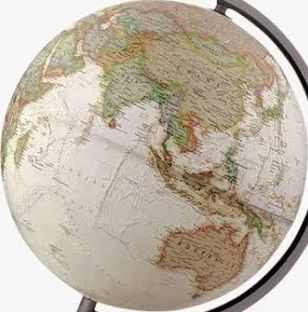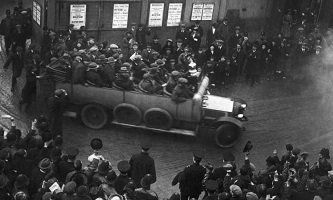"(That team) would give any modern side a two goal start and beat them,"
"It's a game of fit'ba no heed ba'"
“he watched contemptuously the teams who played the hump-it-high-and-long game, a crude version of what is known today as Route 1”.
“not enough brains in it.”
“Too much stress is laid on pace. Players never seem to anticipate anything or look ahead. Hundreds of men have natural ability, but they do not seem to be able to develop it.”
“At Tottenham we like our players to pass the ball along the ground to the man in the best position, and not indulge in any high or spectacular kicking.”
“..our backs mark the wing-forwards (the wingers) in view of the half (-back) forcing the inside man to pass outwards to a player who is, or will be, a good way down the field. Sometimes, of course, the wing half has to mark the wing forward and then the back naturally tales up an inside position.”
‘a thoughtful, inspiring, pleasant-mannered man'.
“I am a great believer in bringing in young players straight from school and indoctrinating them with the Spurs way of playing football. That way you get continuity running through every team from youth, through the “A” side and reserves and up to the first-team. We train the players to have only good habits. I tell them to treat the ball as their best friend and always to pass it with care and consideration. Belting the ball with an anywhere-will-do mentality has no place in the Tottenham way of doing things.”


